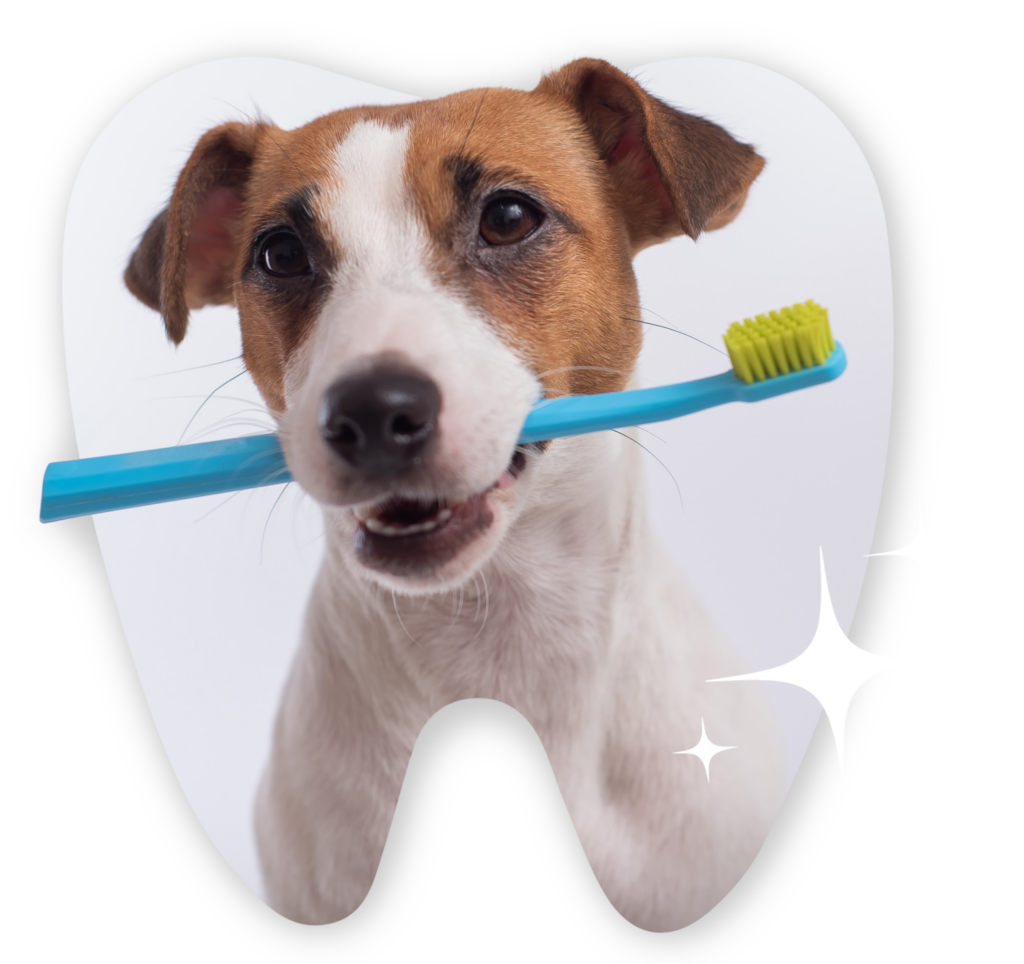Dental Days Deal
$100 off Dental Cleanings
For new and existing clients!
Call (814) 864-3019 to schedule a cleaning today!

Did you know dental care is one of the most neglected pet needs? The American Veterinary Dental Society reports that 80% of dogs and 70% of cats have symptoms of dental disease by age three. Because of this, we recommend scheduling a cat or dog teeth cleaning annually to properly prevent any issues with their dental and overall health.
Schedule a cat or dog teeth cleaning appointment at Glenwood Pet Hospital today!
Does My Pet Need Dental Care?
The team at Glenwood Pet Hospital is fully equipped with advanced technology to provide professional cat and dog teeth cleaning in Erie, PA. Pets may hide if they are experiencing any pain, which makes any issues having to do with pet dental care more difficult to diagnose. Less obvious symptoms of pain may include increased licking, heavy breathing, and changes in posture or sleep patterns. If you notice any of the symptoms below, this may indicate your pet requires dental care:
Bad breath
Broken, loose or missing teeth
Discoloration or tartar build up
Excessive chewing or drooling
Reduced appetite or inability to chew
Swelling and bleeding around the mouth

Our Pet Dental Care Protocol in Erie, PA
Prior to every dental appointment, your veterinarian will perform a bloodwork screening to ensure your pet is healthy and there are no underlying problems that may interfere with the anesthesia. To allow our team to perform a comprehensive dental exam, your pet will be placed under general anesthesia. When you bring your companion to Glenwood Pet Hospital, here is what to expect during each appointment:
- Once your pet has completed the pre-anesthetic bloodwork, our team will place an IV catheter to provide the safest form of anesthesia and supply fluids to maintain your pet’s health and safety throughout the procedure.
- We will perform a full mouth exam to check for problems such as pockets of bone loss, loose or broken teeth or tumors, and then begin cleaning your pet’s mouth above and below the gum line.
- Your veterinarian will evaluate your pet’s mouth and check for any irregularities including tongue or lip lesions, deep pockets in the gums around the teeth and loose, broken or discolored teeth.
- Then, we will perform advanced digital imaging, or digital X-rays to check for any hidden infections or damage. We recommend X-rays for all patients, as 50% of your pet’s teeth are below the gum line which means digital X-rays can allow us to check and address hidden issues.
- We will scale and polish your pet’s teeth, which will help prevent future plaque build up. To counteract the debris that may accumulate after scaling and polishing the teeth, we will flush your pet’s gums with an antibacterial solution.
- Your veterinarian can recommend various treatment options based on the findings during your pet’s exam and discuss payment with you as well.


